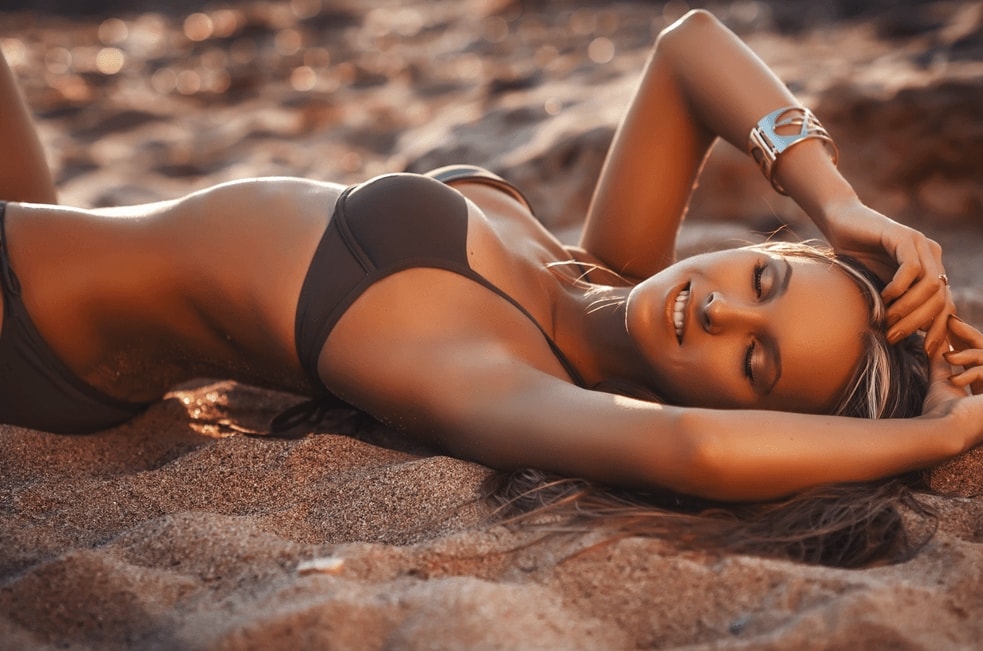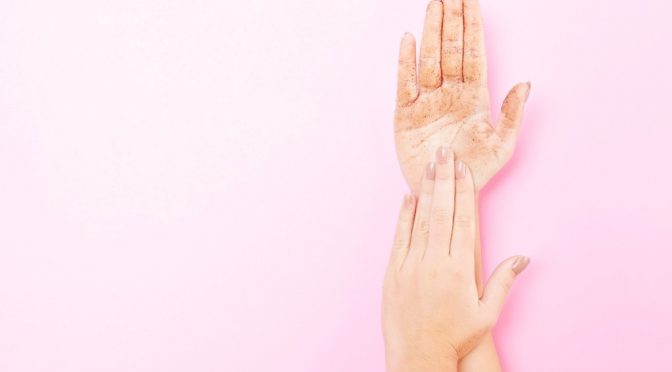

What is Fake Tan Made of Anyway?
We all love the genius invention that is fake tan. I mean a magical formula that fits in your bathroom cupboard and helps you achieve a sun kissed glow without the fear of skin damage – What’s not to love?!
But for any of you who have wondered how this miracle lotion, mousse, spray (or whatever your preferred application) manages to give you goddess skin, look no further. We’re going to walk you through the science behind fake tanning to help you better understand just how your skin can go from pasty to glowing with just a few hours of marinating.
The secret ingredient:


The main ingredient in your favourite fake tan is a chemical called Dihydroxyacetone – now that’s a mouthful so we’ll use the abbreviation DHA for short. DHA was discovered in the 1920s, long before society lusted over tanned skin. A German scientist actually stumbled upon its magical tanning qualities by accident. While DHA was being used during x-ray sessions some of the chemical was spilled onto a researchers skin and turned the surface of their skin brown. This accidental discovery changed the face of modern cosmetics as we know it.
Is it safe?


Don’t worry, cosmetologist didn’t just package up DHA after this one accidental fake tanning incident without looking into it further. In the 1950s DHA was found to be non-toxic and only capable of colouring the outermost layers of skin. It wasn’t until the 1970s, however, when DHA was added to the Food and Drug Administration’s list of approved cosmetic ingredients. This paved the way to numerous sunless tanning products being created and lead to the creation of the fake tanning products we know and love today.
Why does fake tan smell?


Unfortunately the same magical chemical that causes the reaction that can turn you from a 4 to a strong 8 overnight is the same chemical responsible for the unmistakable fake tan smell. DHA is actually odourless on its own, but when it reacts to the proteins in the top layers of skin to create the colour, the smell is released. This is why the smell can appear to get stronger the longer you leave your tan on to develop. As all fake tans contain DHA the smell is difficult to avoid, however, the darker the fake tan the stronger the smell is likely to be because more DHA equals a darker tan. Some tans also add their own scents to try and mask the odour of the DHA reaction, so the exact smell may vary depending on your chosen product. There are, however, advancements taking place at the moment that may eradicate the unpleasant smell associated with DHA when applied to skin, so fingers crossed for some fake tans in the very near future that don’t smell like fake tan!


For those of you who are deterred by the DHA-induced smell and colour that lingers on your clothes and bedding after a fake tanning session, the After Tan Co Bamboo Collection can help you. The Bamboo Maxi Dress, with inbuilt padding, is the perfect dress to slip into after applying your tan and before washing it off, so that you don’t need to smelly-up or stain any of your favourite garments. If, however, you are more of a nighttime tanner and like to marinate while you sleep then the Bamboo Pillow and Sheet Protectors are the items for you. They perfectly fit over your pristine bedding so that you won’t be faced with a brown, smelly imprint of your body in the morning.




0 Comment